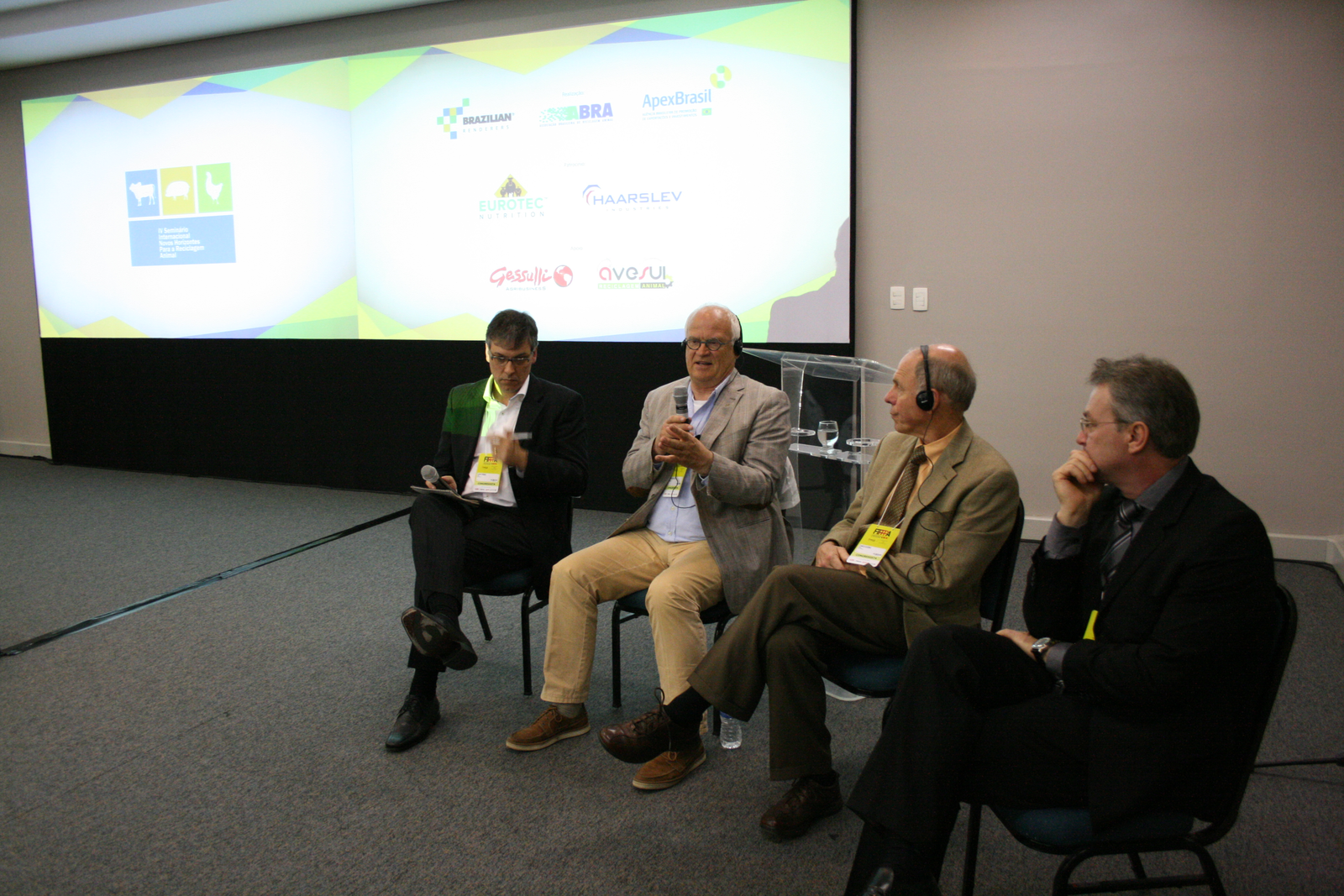Reduce environmental impact through rendering

With sustainable production being on top of everyone’s mind, the possibilities of rendering animal by-products are enormous. How to further lessen the environmental impact of animal protein production in the pig and poultry as well as in the fish and pet animal sector.
This topic was on the agenda of the Brazilian rendering association (ABRA) during their symposium ‘New horizons for animal rendering’ during the trade fair FIPPPA in Curitiba Brazil. Renowned speakers Gilson Spanemberg from Apex Brazil, Dutch rendering expert Jacques Wijnoogst and American professor Charles Gooding zoomed in on the sustainability aspect of animal rendering.
Sustainable feeding is not just about saving the planet
Chemical engineer Spanemberg stated that if we want to meet the needs of the growing world population, with the little resources that we have, we have to do the utmost to use every source we have. “As it is, the earth cannot sustain everyone. If we demand that all people in the world have a decent food supply, we would need a second and even a third earth.” But according to Spanemberg sustainability is more than just environmental preservation. “Social and economic needs are also part of the equation when it comes to sustainability. We have to preserve resources, caring for the needs of people and create revenue as well. Only profitable companies can ensure the other aspects.”
Meat and bone meal can compete with vegetable protein
“When it comes to rendering, we are a ‘green’ industry, but we have to prove it,” says professor Charles Gooding. He was involved in making lifecycle assessments and crunched the numbers when it comes to sustainability of the rendering industry. “By rendering animal by-products instead of composting it, you prevent 70% of CO2 emissions. Further when taking in to account all transport, energy and so forth that is needed for rendering, meat and bone meal can compete with vegetable protein at any time. The thing is, there is nothing more efficient than bringing an essentially waste product to value.” With the inclusion of 5% rendered material in feed to replace the same energy and protein value of soya the CO2 value is reduced from 794 to 752 kilo per tonne of feed.
Potential for rendering in aquafeed and pet food
“And there are even more gains to make,” is the opinion of Jacques Wijnoogst. “Especially in pet food and aquaculture feed we can be much more efficient. Nowadays we tend to use dried feed ingredients, with a relatively large CO2 footprint due to energy use in the drying process.” Wijnoogst is an active promotor of using liquid or semi liquid rendering products. “The human food business shows us there are no limitations in using liquid products, we in the animal feed industry are just not used to it.”











